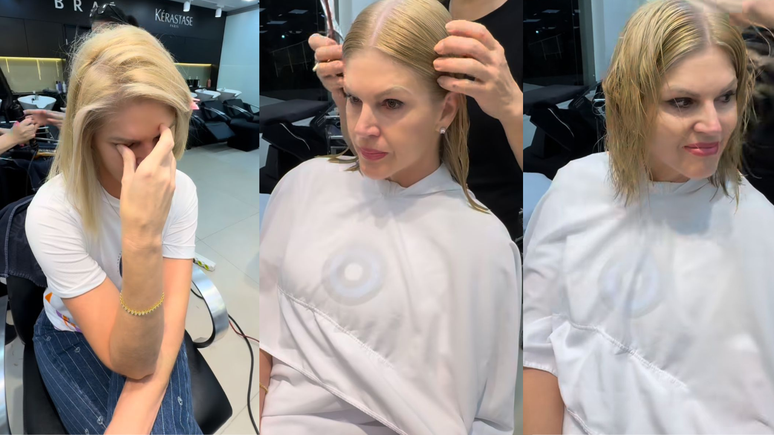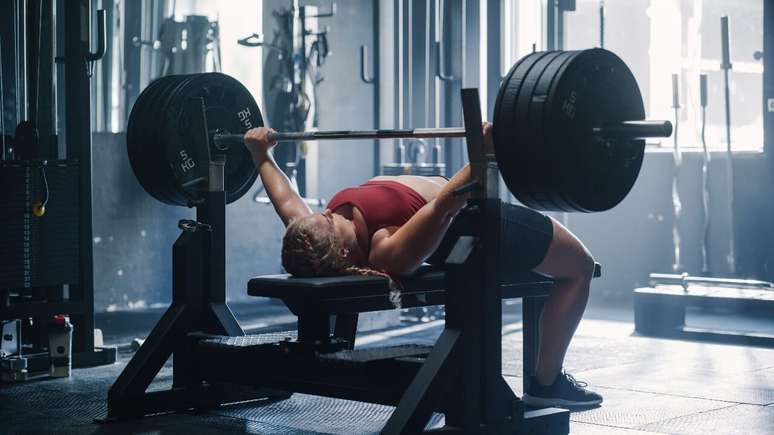Experts tell you how to wash second-hand clothes: These items have their own special techniques.
Thrift stores are a real adventure: you never know what you’ll find when browsing the shelves – brand new jeans from a famous brand or a handmade elven wool cape. In these stores you will find real treasures that add character and style to the simplest wardrobe.
And of course, we shouldn’t forget that eco-friendly thrifting is one of the simplest and most enjoyable ways to personally contribute to reducing the environmental impact of the fashion industry. But to participate in this useful business, you need to know a few rules, which is why today we will talk about the correct washing of second-hand clothes.
Wash second-hand clothes: expert advice
Hygienic washing of second-hand clothes requires a certain sequence of actions. So, let’s get started!
First step: explore










